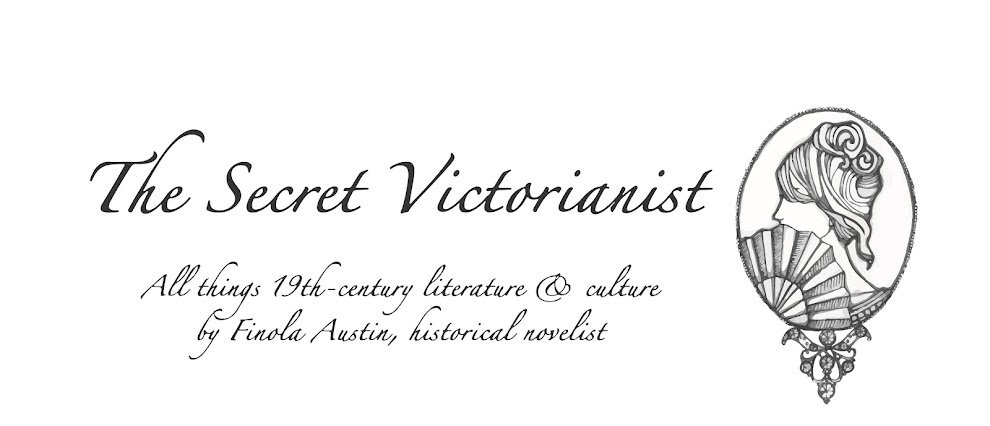 |
| Fan Xiaofeng as Bertha Mason |
The programme for the Shanghai Ballet’s Jane Eyre at the London
Coliseum stresses the popularity of Bronte’s novel in China – ‘it is a
must-read for lovers of great writing and English language learners’. And, if
the production is anything to go by, copies of The Madwoman in the Attic must be selling well there too. This is
very much Jane Eyre, The Psychological
Drama. Bertha (Fan Xiaofeng) and Jane (Xiang Jieyan) are onstage together
through much of the performance, dancing in turn with Rochester (Wu Husheng) or
mirroring each other’s movements. The production focuses on Thornfield,
dispensing with Jane’s early life and beginning with her arrival at the house,
to such an extent that the scene at the Rivers’ house feels strangely out of
place. The ballet makes this a story about one man and two women, who may be aspects
of each other.
The way this is staged is at times very effective. The production
plays with the watcher and the watched, Bertha or Jane gliding past the great windows
of the house much like the title character in The Woman in Black, Jane and Rochester rarely left alone even when
they believe themselves to be so. The set is very bare save the windows behind,
but both costume and set convey the period, without losing this minimalist
feel. At times things become a lot more abstract – a chorus of male dancers
perform the two fires, along with brilliant lighting effects. And Bertha’s
dance inside a Perspex box worked curiously well given its incongruity.
 |
| Wu Husheng as Rochester and Zhou Jiawen as Blanche |
The production made me think about the reception of Bronte’s
story, even if it did not bring much out of the original. Removing the
character of Adele meant that Jane seemed an archetypal virgin arriving at a
great Gothic mansion, surrounded by the dark silhouettes of great trees. Concentrating
so extensively on Bertha (as Jane’s rival and double) meant the role of Blanche
Ingram seemed a little superfluous. Both impulses - highlighting the novel’s
Gothic inheritance and theorising it based solely on the role of Bertha – have,
I think, been very damaging in critical treatments of the novel in the last
forty years, but it was fascinating to see these critical preferences played
out in a different medium. The use of well-known pieces of classical music in
the score – Greensleeves, Elgar, Debussy – also seemed an interesting
reflection on the novel’s canonicity.
As a viewing experience, the ballet must have been extremely
hard to follow without a very good knowledge of the novel, but it was visually
exciting, beautifully danced and fast-moving. The music was a little uneven –
occasionally over-repetitive, and almost painful when up in higher registers
(presumably to indicate Jane’s anguished state). Dance was a very effective way
to suggest relationships between characters and their relative status –
formalised, repeated movements marked the formal deference of the housekeeper
Mrs Fairfax, the narrowing space between Jane and Rochester conveyed the
progression of their relationship, and the pivotal moment of the production was
when Bertha finally touched Jane. I wasn't sure how you would go about turning
a Victorian novel into a ballet – this production offered one answer, and the
vast array of choices they could have made indicate the richness of the material
they were working with.
 |
| Bertha, Rochester and Jane |
Did you see Jane Eyre
at the Coliseum? Let The Secret Victorianist know what you thought here, on
Twitter (@SVictorianist) or on Facebook.

Wow great review! I was so curious about this production - I wish I could see it! It seems like it has some things which I would not embrace (I'm not a particular fan of Bertha being a side of Jane) and it seems odd that Adele is not there, there's no indication of why Jane is there? But seeing the relationships of the characters in dance would be so interesting, and I would love to see how the Classical pieces worked with it.
ReplyDeleteThanks, Charlene! It was definitely really interesting. While I agree with you on Bertha in the novel, I understand why they made this choice. It is hard to explain complex plots in dance and so I think they focussed on this sort of love triangle as that's a relatively straightforward emotional situation to convey. But in doing this it not only didn't make sense (no Adele) but did weirdly reflect critical trends, while the dark landscapes and overtly Gothic house gestured towards popular ideas about the Brontes, and especially Wuthering Heights I thought. Would have loved to read more about their rationale for the music - there wasn't much more on this in the programme!
Delete